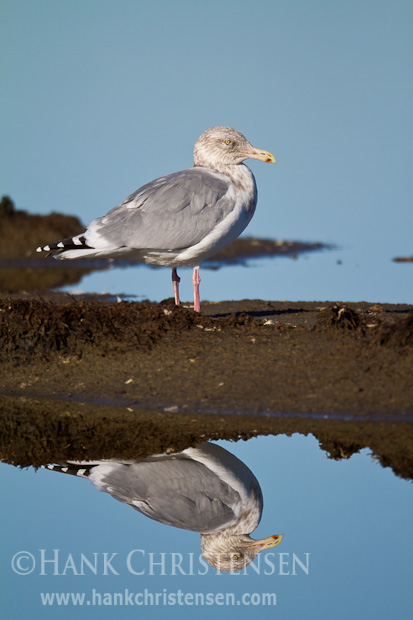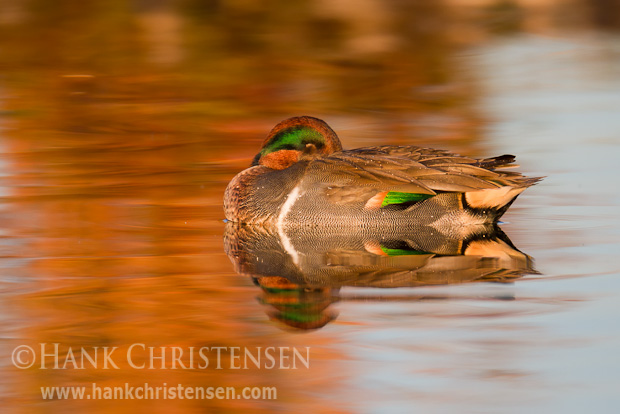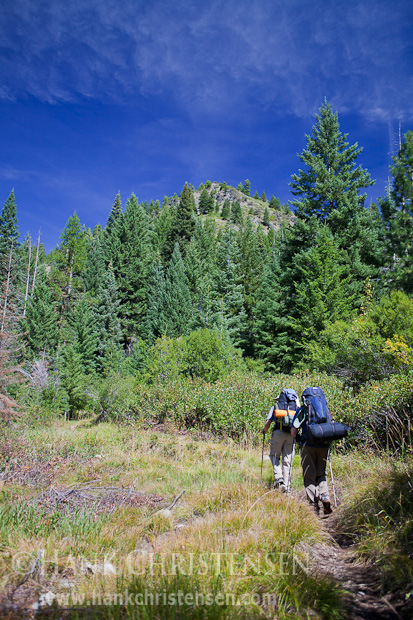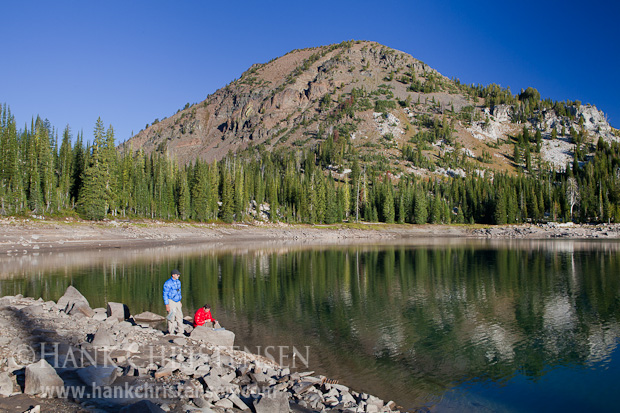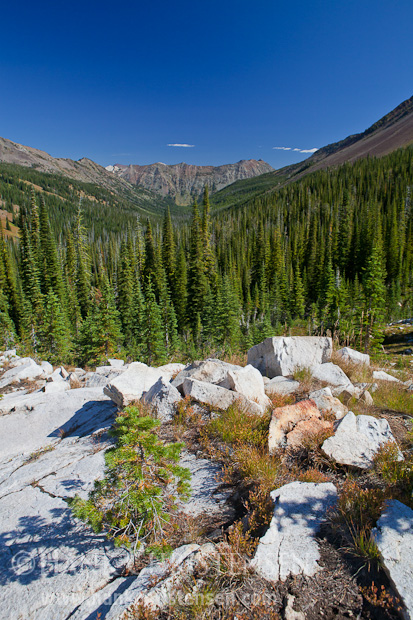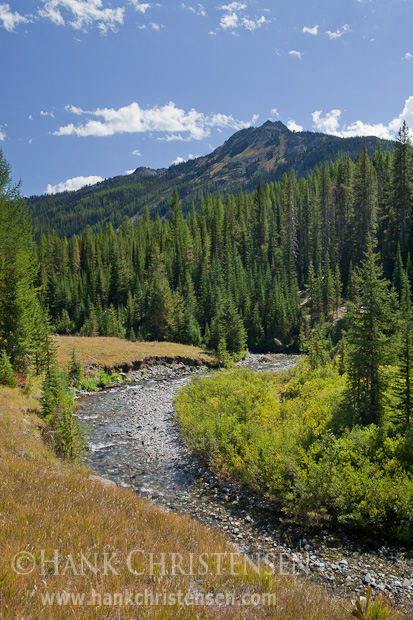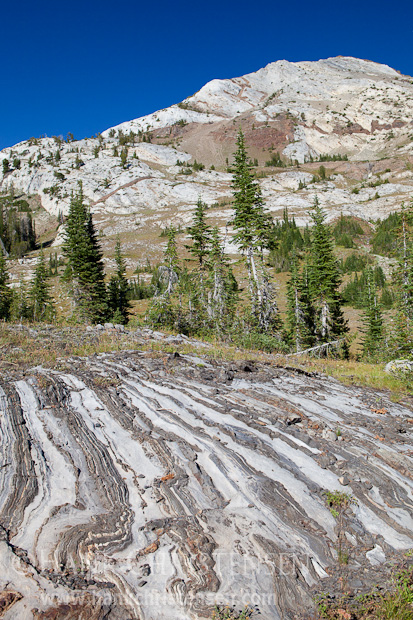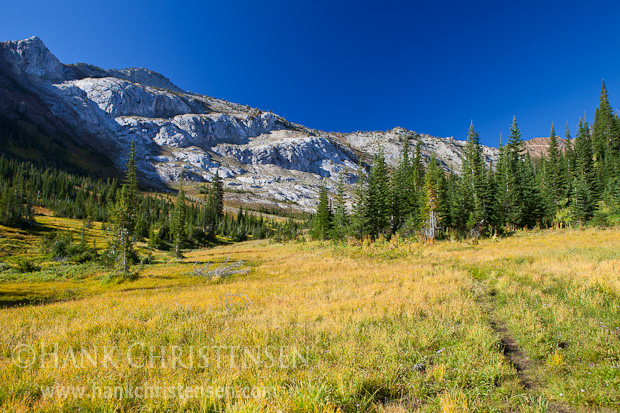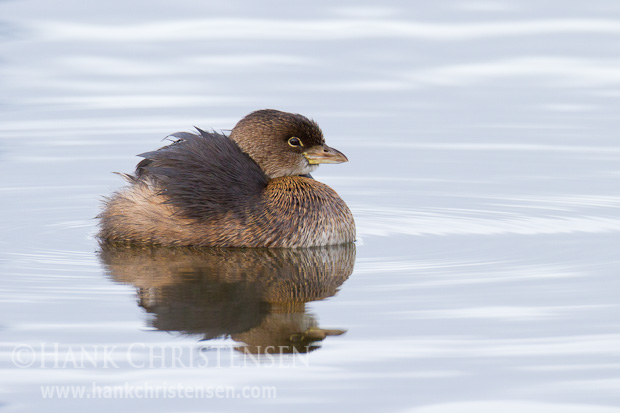
A couple of weeks ago, I witnessed a pied-billed grebe courtship display for the first time. These tiny birds are already pretty darn cute – but when they are wooing each other, they seem even cuter.
Pied-billed grebe courtship behavior is much more varied and subtle than the extravagant display of other grebe species. It has been witnessed year round, not just during mating season (which this is not.) To impress a female, this male pied-billed grebe ruffled his feathers and sunk his head and neck down flat against his body.
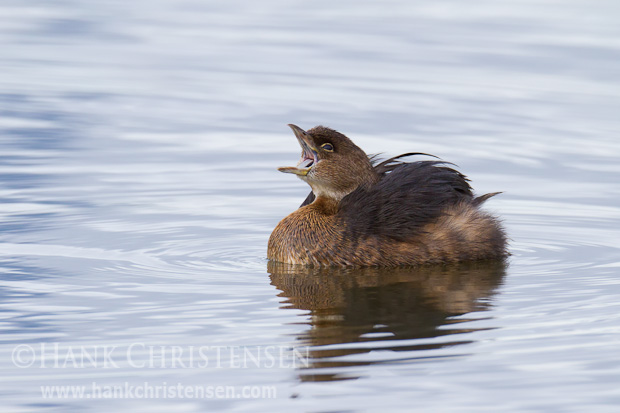
Circling his object of desire, the grebe called out into the air. I photographed this grebe for a short time, until I finally took my eye away from the camera (sometimes photographers can get tunnel vision) to see who else was involved in this ritual. It turned out to be none other than…
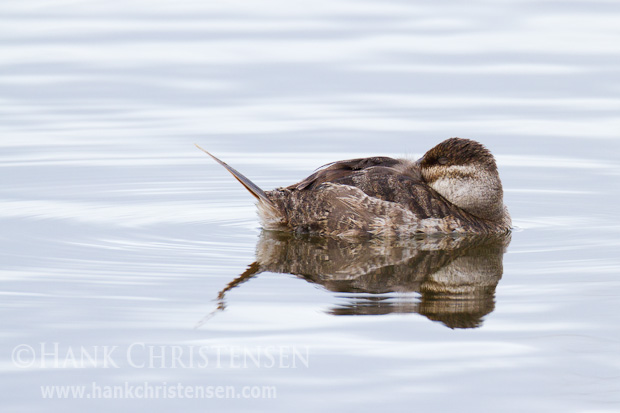
A female ruddy duck! And a sleeping one at that. Apparently she was thoroughly unimpressed with the pied-billed grebes advances. I couldn’t help but feel bad for the little grebe. He was definitely barking up the wrong tree, and wasn’t going to get lucky any time soon.
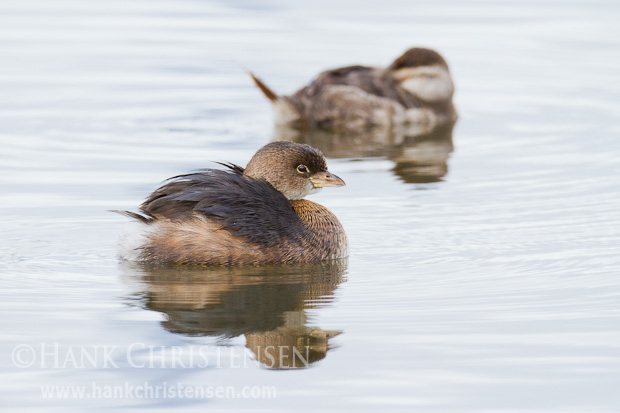
Normally, the next stage in this ritual would be for the female to repeat the behaviors of the male, joining him in calling back and forth. Sometimes the female then flattens herself against the water in a submissive posture, while the male raises his head and neck in a dominant display, referred to as the “triumph ceremony”. However, in this poor grebe’s case, he wasn’t getting the response he desired. After circling the ruddy duck a while longer, he evidently realized his misfortune, packed it in, and swam away.

